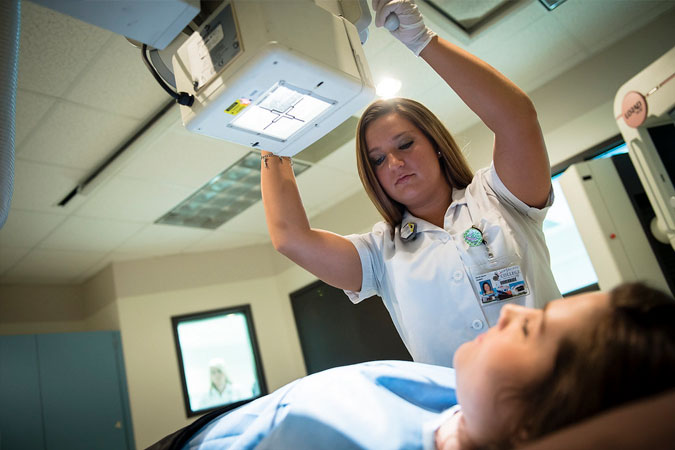Chest Radiography: Procedure, Positions, and Interpretation
This article explores the key aspects of chest radiography, a commonly requested diagnostic procedure in medical practice. It explains the typical procedure for taking a chest X-ray, including the standard posteroanterior (PA) and alternative anteroposterior (AP) positions. The article discusses the necessity of caution when interpreting AP images due to their less standardized nature. It emphasizes the importance of evaluating the quality of the radiograph and ensuring correct placement of film markers, particularly in cases of conditions like dextrocardia. The piece concludes by outlining a systematic approach to interpreting chest radiographs, underscoring the importance of such imaging in diagnosing and monitoring various chest and lung conditions.

Procedure, Positions, and Interpretation
Chest radiographs, also known as chest X-rays, are among the most frequently requested plain radiographs. These images play an essential role in diagnosing and monitoring various conditions that affect the heart, lungs, and chest area.
Typically, a chest radiograph is taken with the patient in an erect and posteroanterior (PA) position. This means the patient’s back is closest to the X-ray tube. The PA view is preferred because it offers a more standardized and true representation of the anatomical structures due to minimal magnification of the heart and other mediastinal structures.
However, in situations where patients are too unwell to stand erect, radiographs may be taken with the patient lying down, in an anteroposterior (AP) position. These images are considered less standardized than PA images, owing to the increased heart magnification and potential for rotation. Thus, caution should be exercised when interpreting AP radiographs.
Assessing the quality of the radiograph is a vital initial step before interpretation. An image of high quality will display the lungs, cardiomediastinal contour, diaphragm, ribs, and peripheral soft tissues with clarity. Film markers indicating the patient’s right or left side should be correctly placed to avoid confusion. This is especially crucial in cases where patients may have conditions such as dextrocardia, where the heart is located on the right side of the thorax.
Interpreting a chest radiograph requires a systematic approach, starting from the evaluation of the technical quality of the image, followed by thorough scrutiny of the skeletal structures, the lungs, and the mediastinum. Careful observation for abnormalities in size, shape, and density of these structures can reveal pathological conditions.
Chest radiographs, despite their simplicity and ubiquity, hold enormous diagnostic value. With the proper understanding of the technique, image acquisition positions, and a structured approach to image interpretation, health care professionals can glean crucial information for patient management.











